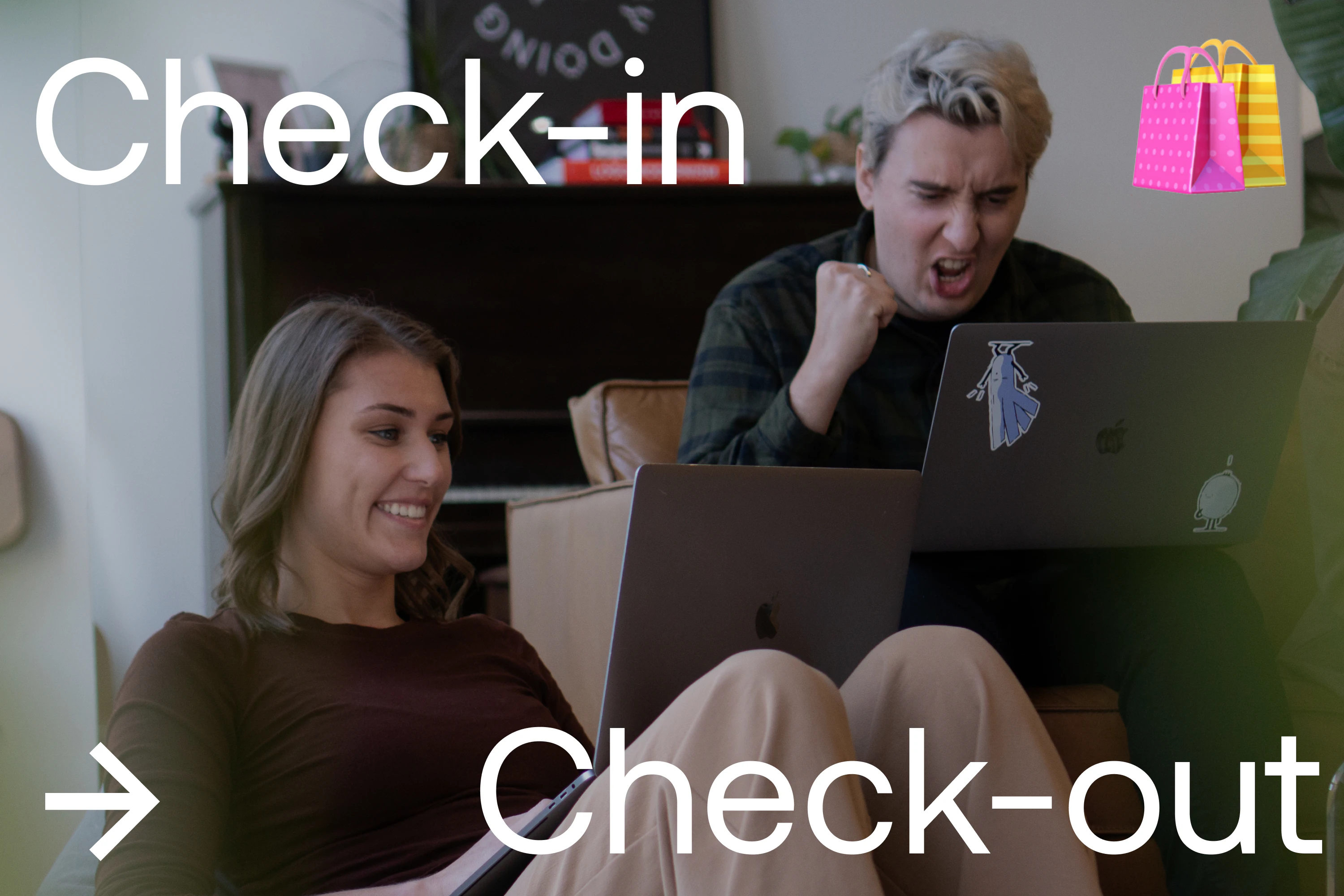The truth is, your tech stack isn’t just a collection of apps. It’s the backbone of your entire customer experience. And if you want to grow sustainably, it needs to be as strategic as your brand itself.
So, how do you build one that helps your business run smoother, not just louder?
Five must-have Shopify apps
To get to the bottom of it, we turned to two Shopify experts of our own: Laura Herrera , Head of Growth Marketing, and Tore Heimann , Head of Client Operations.
They’ve seen it all, brands over-investing in fancy tools that don’t talk to each other, and others missing out on easy wins because they’re stuck with the default Shopify setup.
Their advice? Start simple, focus on interoperability, and only add what truly supports your goals.
Here are their top five app recommendations for scaling your Shopify store effectively:
1. Matrixify for bulk data import, export, and migration.
“If you're managing a big catalogue, this is a no-brainer,” says Tore. “Massive time-saver for price changes, promos, and launches. Not glamorous, just essential. Matrixify is the more powerful choice, whereas Hextom is the more user-friendly alternative.”
2. Klaviyo for email and SMS marketing automation.
Still the best for email and SMS," says Laura. "The integration with Shopify is seamless. People love to say email doesn't work anymore, but it's consistently our best converting platform. Setting up automations is honestly a no-brainer if you care about performance—the returns are just too good to ignore.
3. Yotpo for reviews, UGC, and marketing activation.
“Social proof still moves the needle,” says Tore. “Yotpo is great, but you can pick any reputable reviews app, they all do the job. What matters more is consistency in collecting and displaying reviews where it counts.”
4. Triple Whale for analytics and attribution.
"Shopify's built-in analytics only tell part of the story," Laura explains. "Triple Whale is where you get more accurate multi-channel attribution and can actually see what's driving sales. If you're not sure about TW, start with GA4 and set it up properly, ideally with a server-side connection”
5. LoyaltyLion for building loyalty programmes.
“Engage the customers you already have, build a relationship,” Tore advises. “LoyaltyLion is great for building loyalty programmes and increasing Customer Lifetime Value.”
What to consider before adding to your tech stack
Before you jump into installing new apps, Tore recommends running each one through five critical filters to make sure it’s the right fit.
1. Business relevance
Does the app support your strategic goals: higher customer lifetime value, lower churn, better conversion rates? And does it fit your business model, whether you’re a DTC brand, B2B supplier, subscription-based service, or high-volume retailer? Scalability is key: will it still work when your sales multiply by ten?
2. Technical quality
A good app should enhance your store, not slow it down. Check how it affects load speed and core web vitals like LCP. See if it integrates seamlessly with your other essentials, Klaviyo, Gorgias, ERP, or CRM. And ensure you can access or move your data easily (via API or Matrixify), so you’re never locked in.
3. Economics
Understand the pricing model, per order, per month, or a percentage of revenue, and whether it fits your margins. Can you prove ROI through a higher AOV, stronger retention, or saved hours of manual work?
4. User experience & support
Your team needs to use it daily, so look for intuitive interfaces and solid documentation. Does the vendor offer 24/7 support or onboarding help? What are other brands saying on the Shopify App Store or independent forums?
5. Risk & vendor lock-in
Lastly, think long-term. Can you move data easily if you change apps? Does the provider comply with GDPR and handle data securely? How hard would it be to migrate later if you outgrow the tool?
Ready, set, scale!
Building a strong e-commerce tech stack isn’t about chasing the latest shiny apps, it’s about creating a seamless system that scales with you. That’s what we’ve learned from being a Shopify partner and expert since 2012.
As Tore puts it, “you can always find alternatives that better fit your industry, budget, or setup, so don’t just copy-paste a solution. Take these as inspiration and make them your own.”
Start small. Test, learn, optimise. Keep your tools talking to each other, and your strategy at the centre of every decision.
Because in the end, your tech stack shouldn’t just support your business growth, it should accelerate it.



